During the twentieth century the traditional power grid achieved excellent results by providing electricity to society. The present energy requirements the 21st century demand tests the limits of regular power grids. The smart grid drives new technology that changes power system operations now and in the future.
What is a Smart Grid?
Digital technology and advanced communications systems become part of our existing grid system through smart grid technology. Instead of moving electricity in one direction from power plants to customers smart grids let both power and data flow between all parts of the system. The system's two-way connection gives power operators live information that helps manage supply better.
Key Features of Smart Grids
1. Real-Time Monitoring: AMI systems and sensors show immediate information about power grid operations and electrical consumption across the whole network.
2. Demand Response: Smart grids help users make instant changes to power habits while making the grid work better with available energy.
3. Integration of Renewable Energy: They easily support solar and wind power by predicting renewable usage patterns and storing energy for periods when generation stops.
4. Improved Reliability: Automated monitoring systems find and fix power problems quickly to cut downtime and make electrical networks stronger.
5. Consumer Empowerment: Customers control energy usage better after receiving smart meter technology and home energy management tools.
Benefits of Smart Grids
Environmental Impact
Smart grids help lower environmental pollution by letting us use renewable energy sources and create greater energy efficiency. The move to smart grids helps us fight climate change and protect our environment.
Economic Advantages
Smart grids help utilities and customers lower their power costs by detecting and fixing energy loss issues while enhancing how energy is produced and when it is used.
Enhanced Energy Security
Smart grids protect power systems from natural disasters and hacking by making sure customers get uninterrupted power delivery.
Smooth adoption of smart grids faces multiple obstacles today.
Despite their numerous advantages, the deployment of smart grids is not without challenges:
• High Initial Costs: Moving from outdated equipment to advanced power systems takes substantial funds for operation.
• Cybersecurity Risks: The digital systems that power smart grids create easy targets for hackers so a strong security network is needed for protection.
• Regulatory and Policy Barriers: Varying rules and legal structures block the fast growth of smart grids.
• Public Acceptance: People must understand and trust smart grid technology before we can put it into practice.
Energy efficiency in smart grids
Smart grids support digital energy sector transformation by helping utility companies use digital intelligence to update traditional electric networks and move toward clean energy solutions while lowering carbon emissions. Smart grids function to offer better energy system performance alongside latest technology efficiency through specific operational procedures. Smart grids enhance the connection of renewable power systems to electric grids when they contain solar and wind power plants. By tracking renewable energy generation changes smart grids help us produce energy when demand demands it without interruptions.
Through smart grids companies adjust their energy production levels to match up with changing user demand patterns. Users get instant statistics on energy prices to help them decide how to use electricity at the best times. These systems combine power generation steps with energy delivery processes through related transformations.
Smart grids supervise power plant activities to forecast maintenance and set output levels based on real-time market data and network requirements. Smart grids strengthen critical infrastructure which trouble shooting faults automatically to reduce power failures and make electric systems more reliable. By using smart grid technology power systems gain access to modern network management tools including smart grid systems and electricity storage devices. Smart grids serve as important tools for conversion systems by monitoring power flow to decrease waste and make the system work better.
Our energy networks struggle to meet today's needs because of related climate change problems and permanent power shortages. We therefore need to rethink the energy network. Under the regular grid system electrical suppliers know little about their customers' electricity usage. Traditional grids move power from specific power plants directly to end-user locations as customers need it with demand serving as the controlling factor.
Conclusion
Smart grid technology offers effective answers to the problems traditional grids now face during the 21st century. Smart grids use digital technology to monitor performance and renewable energy use while responding to energy needs which produces benefits for consumers and the environment. Even though smart grids present financial and security concerns plus policy hurdles people need to embrace them as they create better energy usage practices for the electrical network of the future.
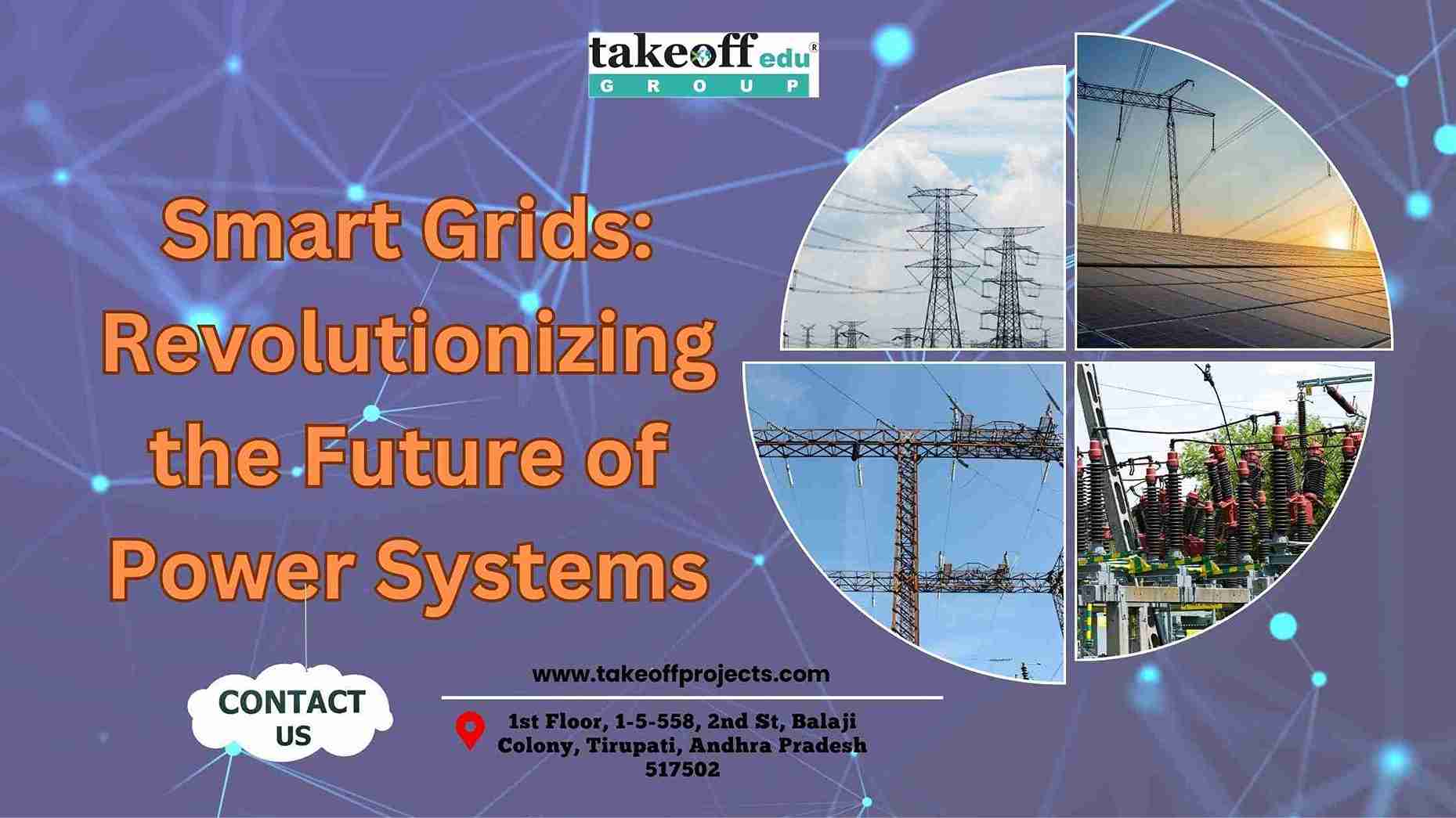
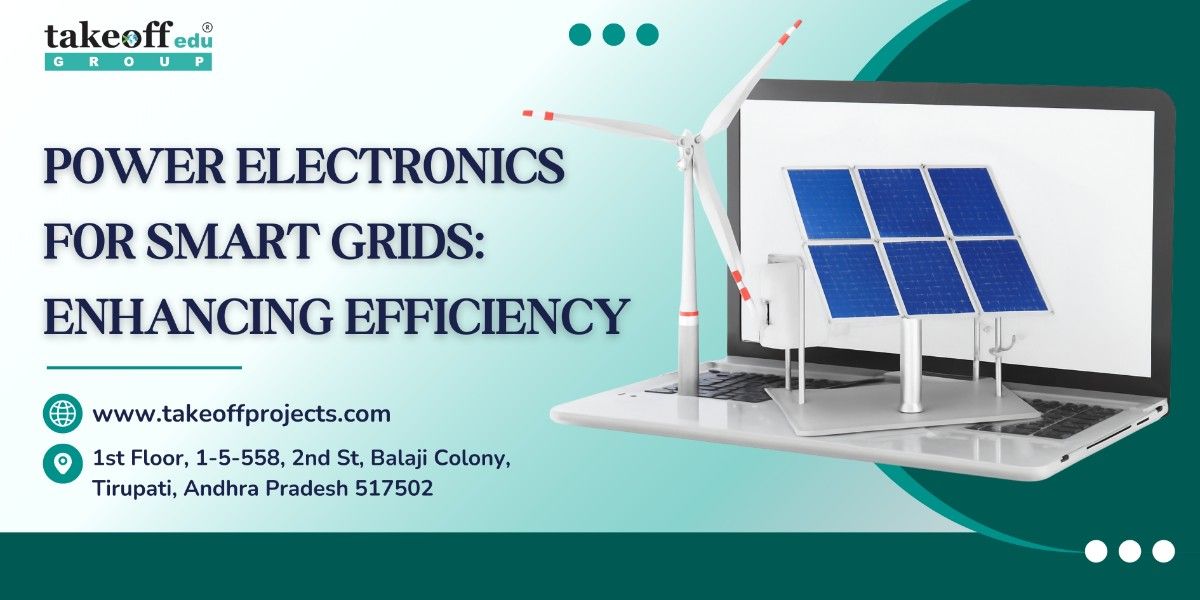 Power Electronics for Smart Grids: Enhancing Efficiency
Power Electronics for Smart Grids: Enhancing Efficiency 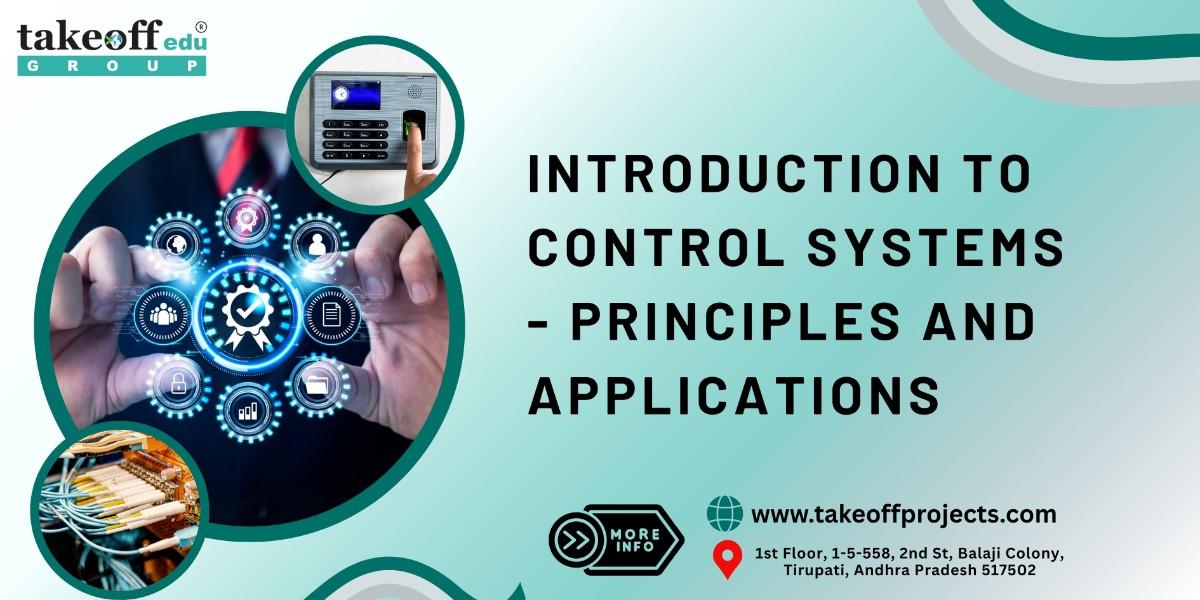 Introduction to Control Systems: Principles and Applications
Introduction to Control Systems: Principles and Applications 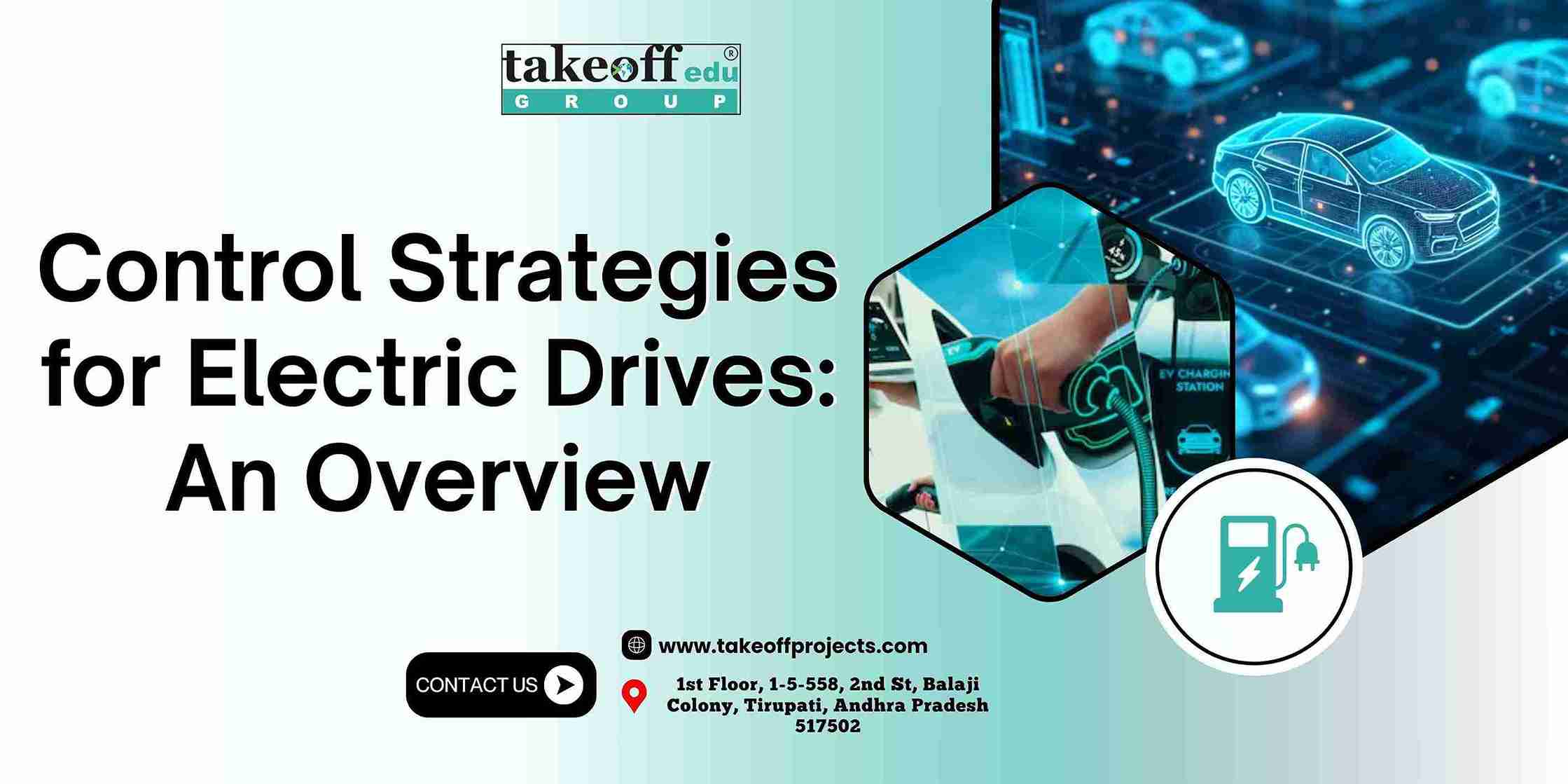 Control Strategies for Electric Drives: An Overview
Control Strategies for Electric Drives: An Overview  Electric Drives: Fundamentals & Key Components
Electric Drives: Fundamentals & Key Components 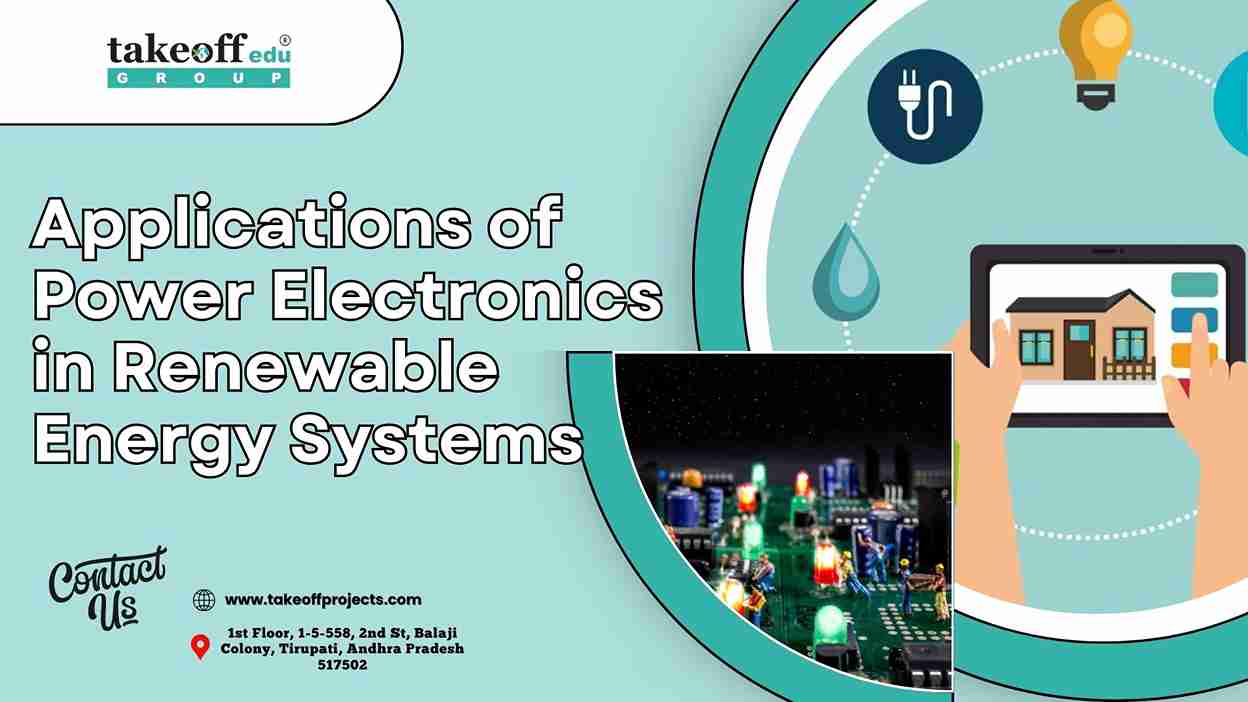 Applications of Power Electronics in Renewable Energy Systems
Applications of Power Electronics in Renewable Energy Systems  Designing Efficient Power Converters: Tips and Techniques
Designing Efficient Power Converters: Tips and Techniques 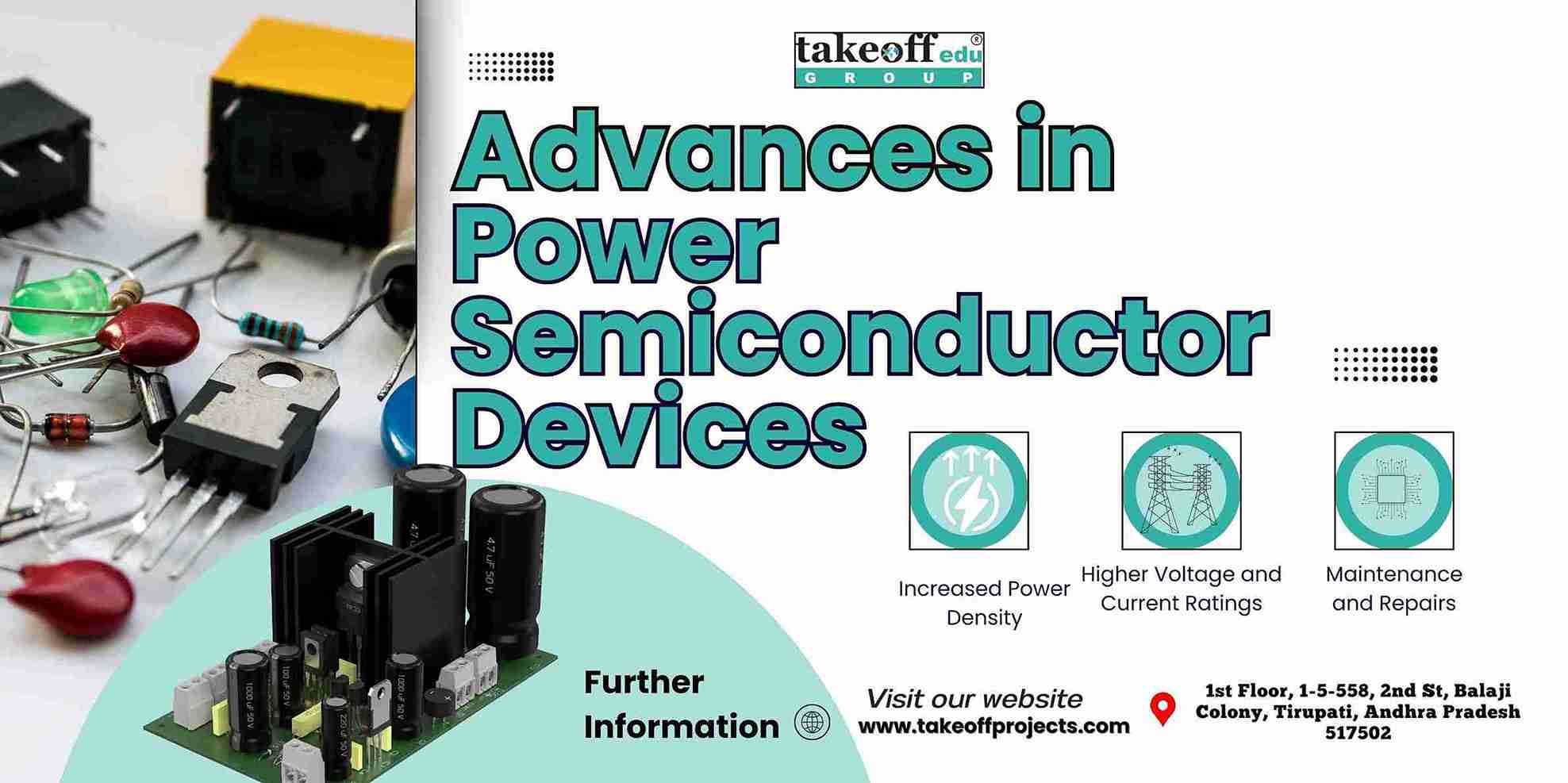 Advances in Power Semiconductor Devices
Advances in Power Semiconductor Devices 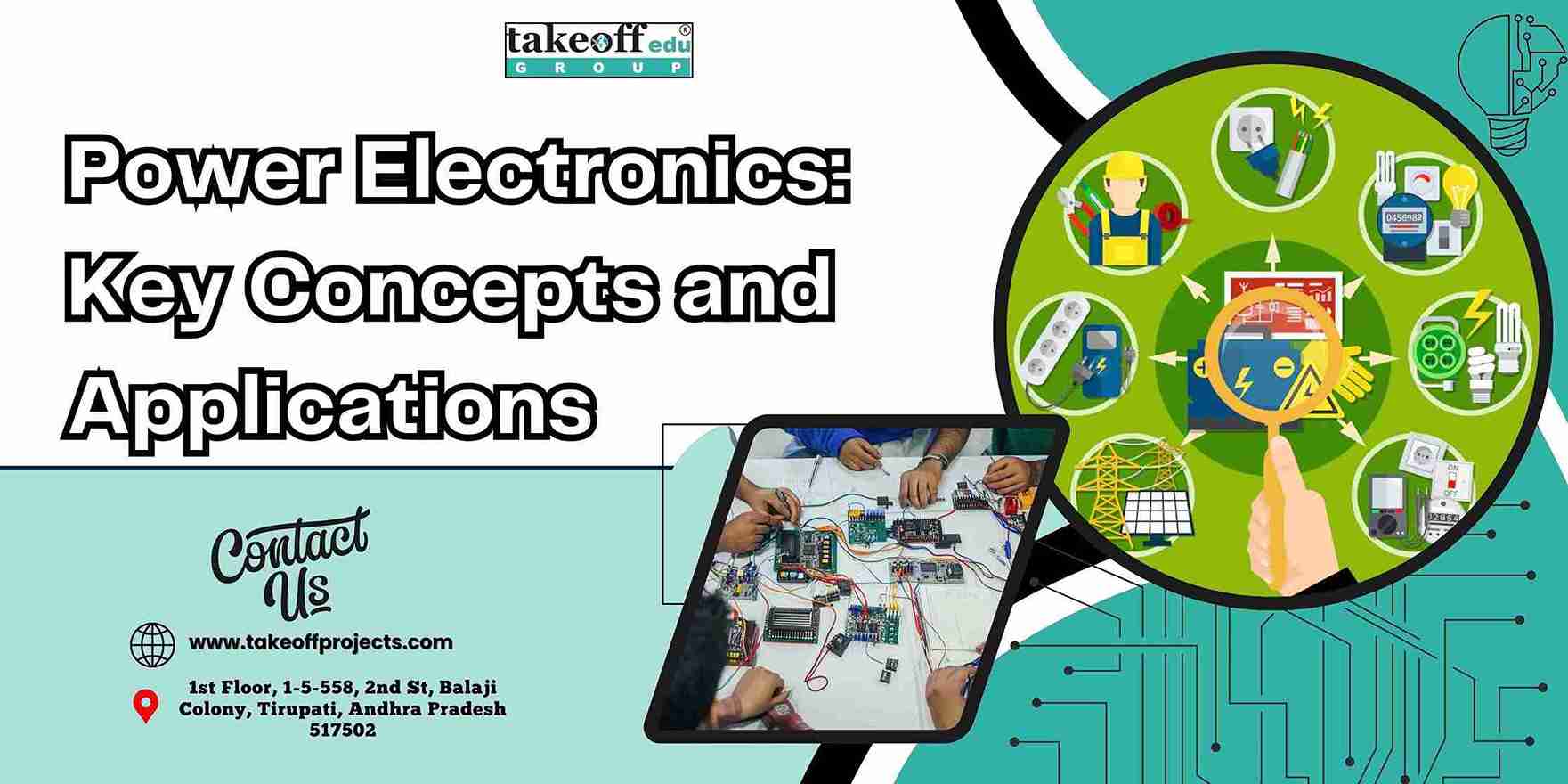 Power Electronics: Key Concepts and Applications
Power Electronics: Key Concepts and Applications 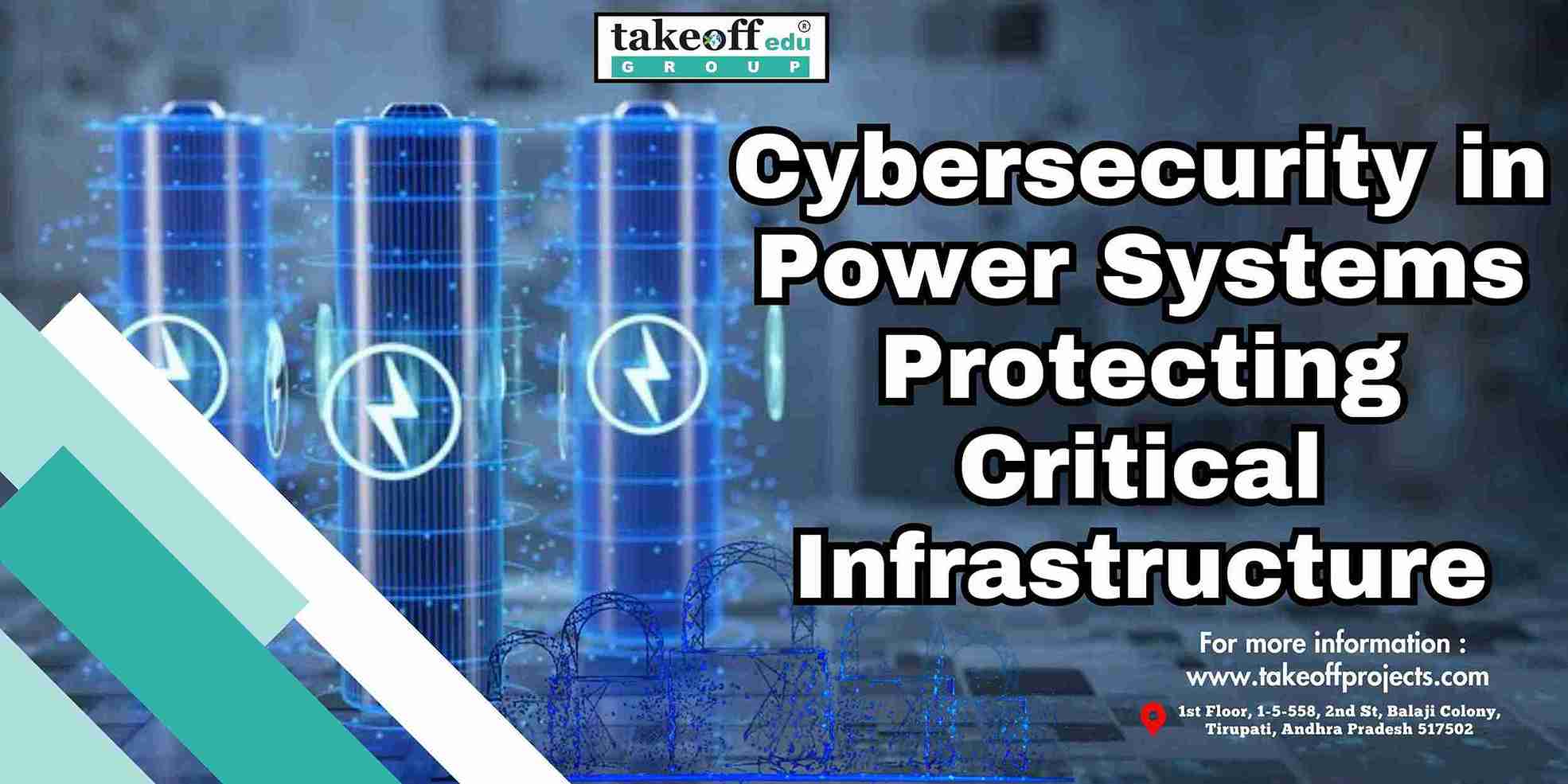 Cybersecurity in Power Systems: Protecting Critical Infrastructure
Cybersecurity in Power Systems: Protecting Critical Infrastructure 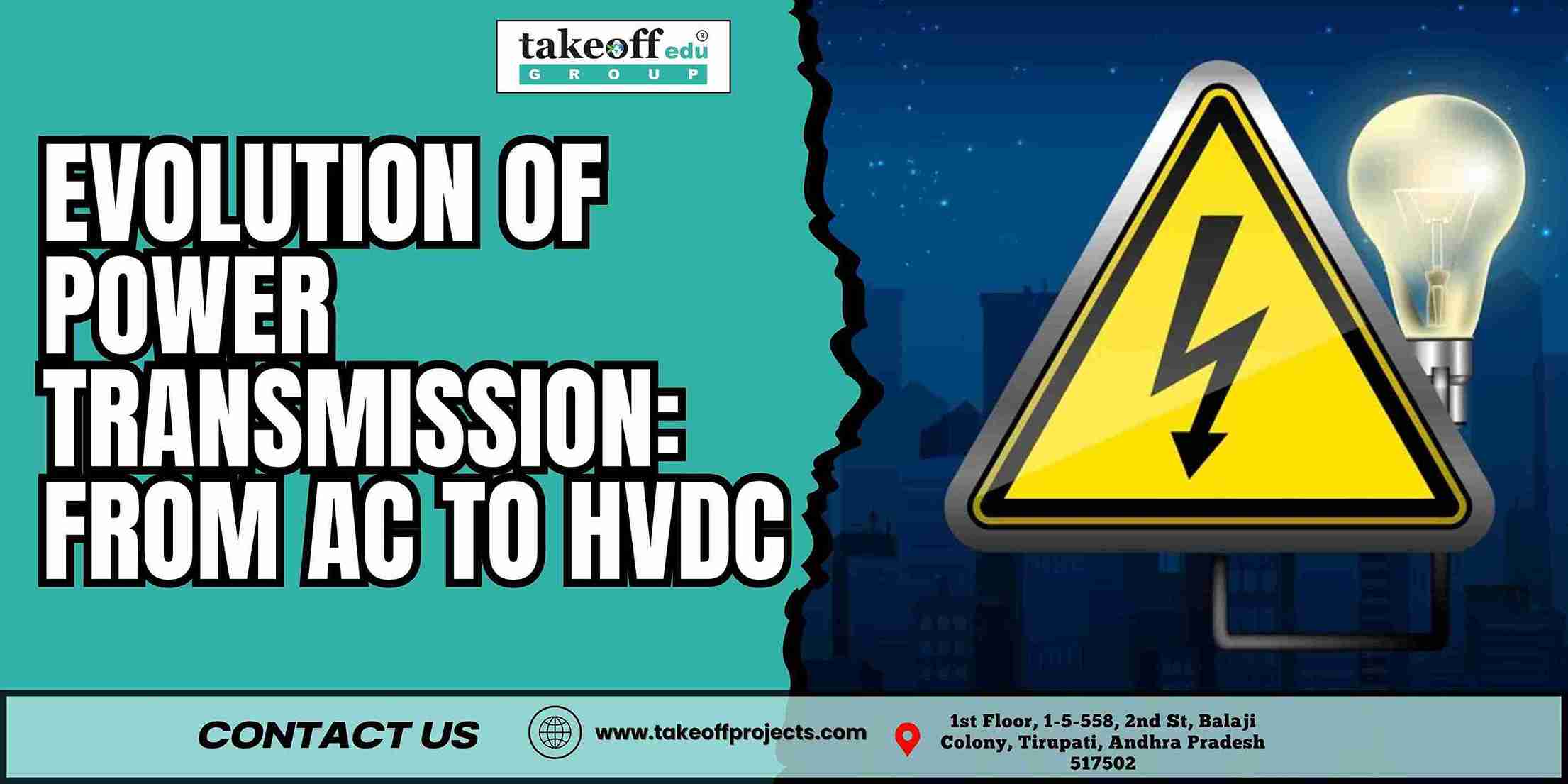 The Evolution of Power Transmission: From AC to HVDC
The Evolution of Power Transmission: From AC to HVDC 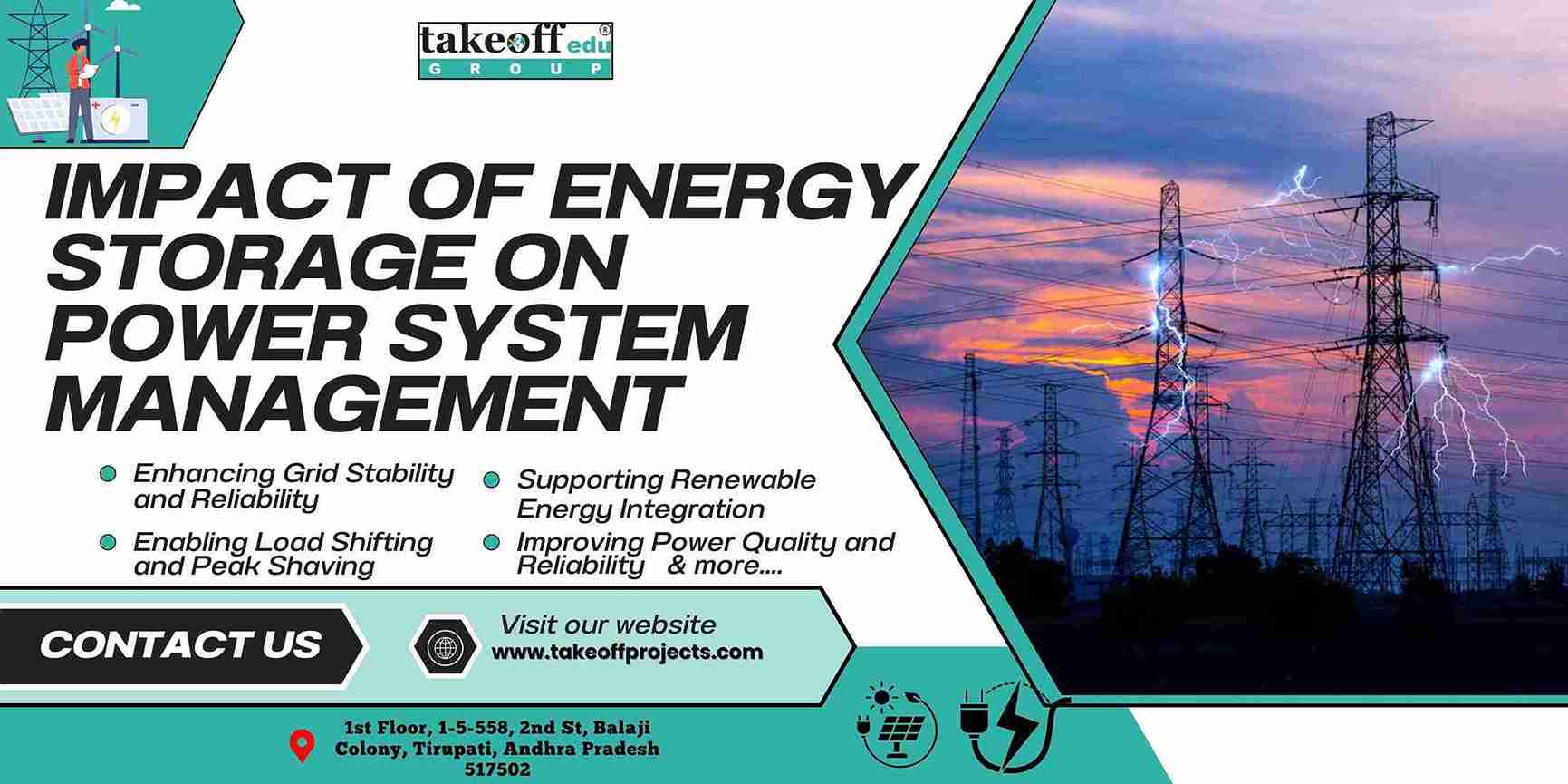 Impact of Energy Storage on Power System Management
Impact of Energy Storage on Power System Management 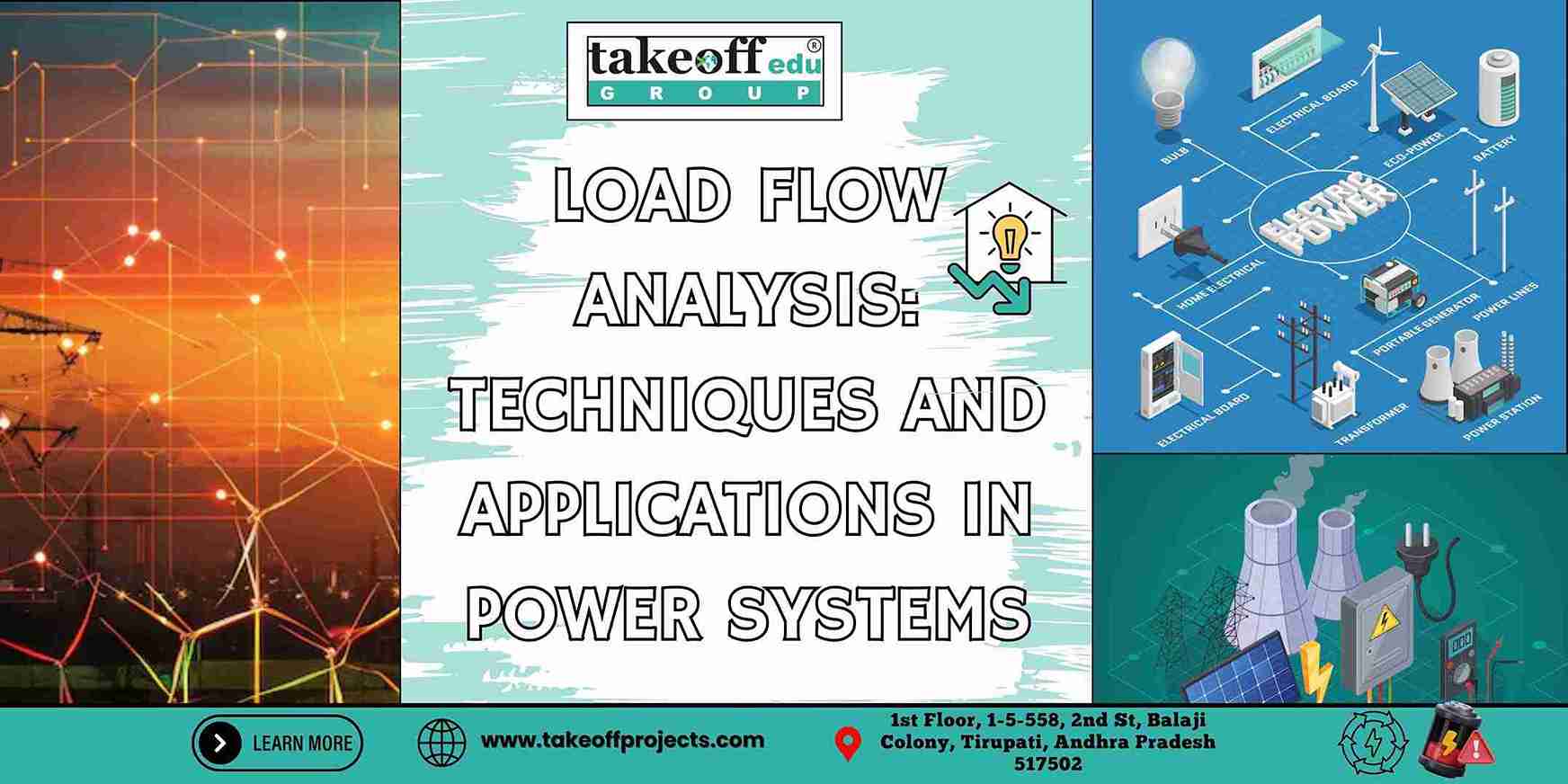 Load Flow Analysis : Techniques and Applications in Power Systems
Load Flow Analysis : Techniques and Applications in Power Systems 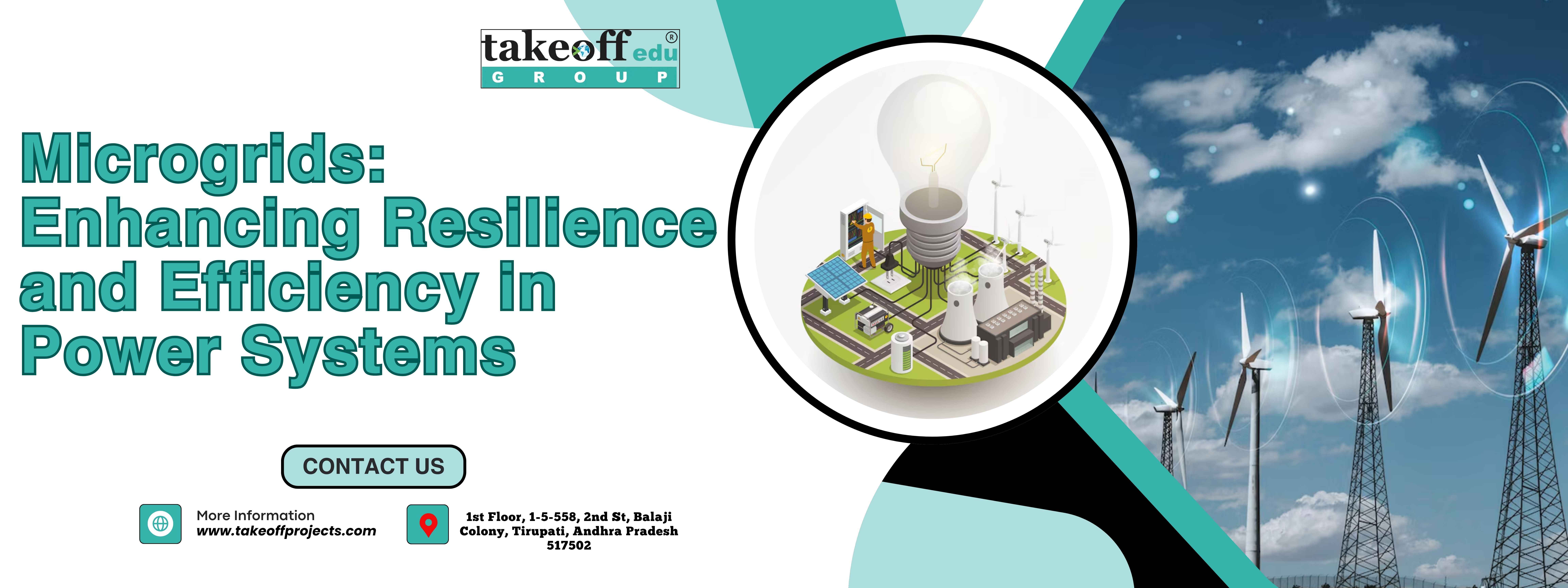 Microgrids: Enhancing Resilience and Efficiency in Power Systems
Microgrids: Enhancing Resilience and Efficiency in Power Systems 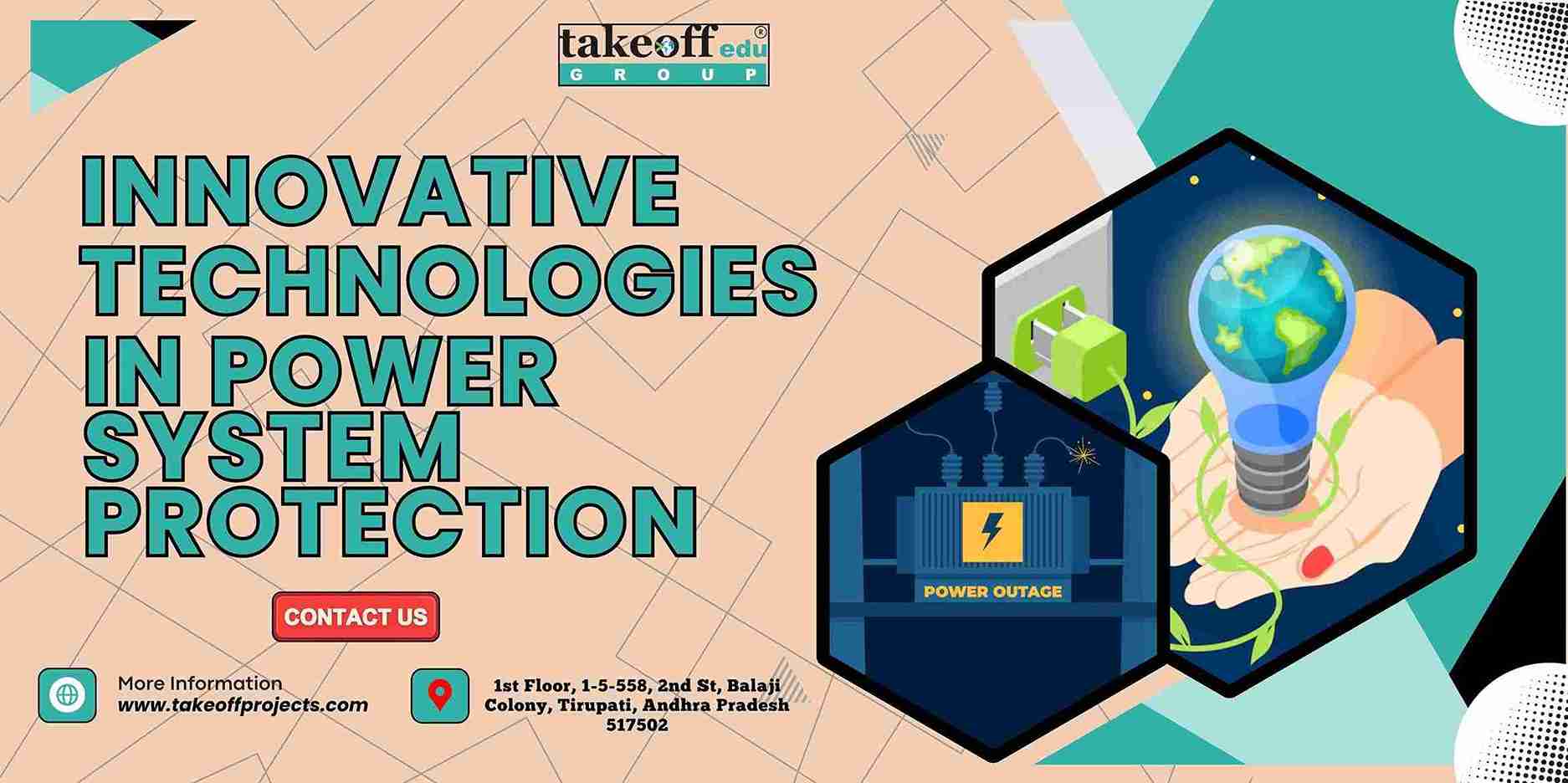 Innovative Technologies in Power System Protection
Innovative Technologies in Power System Protection 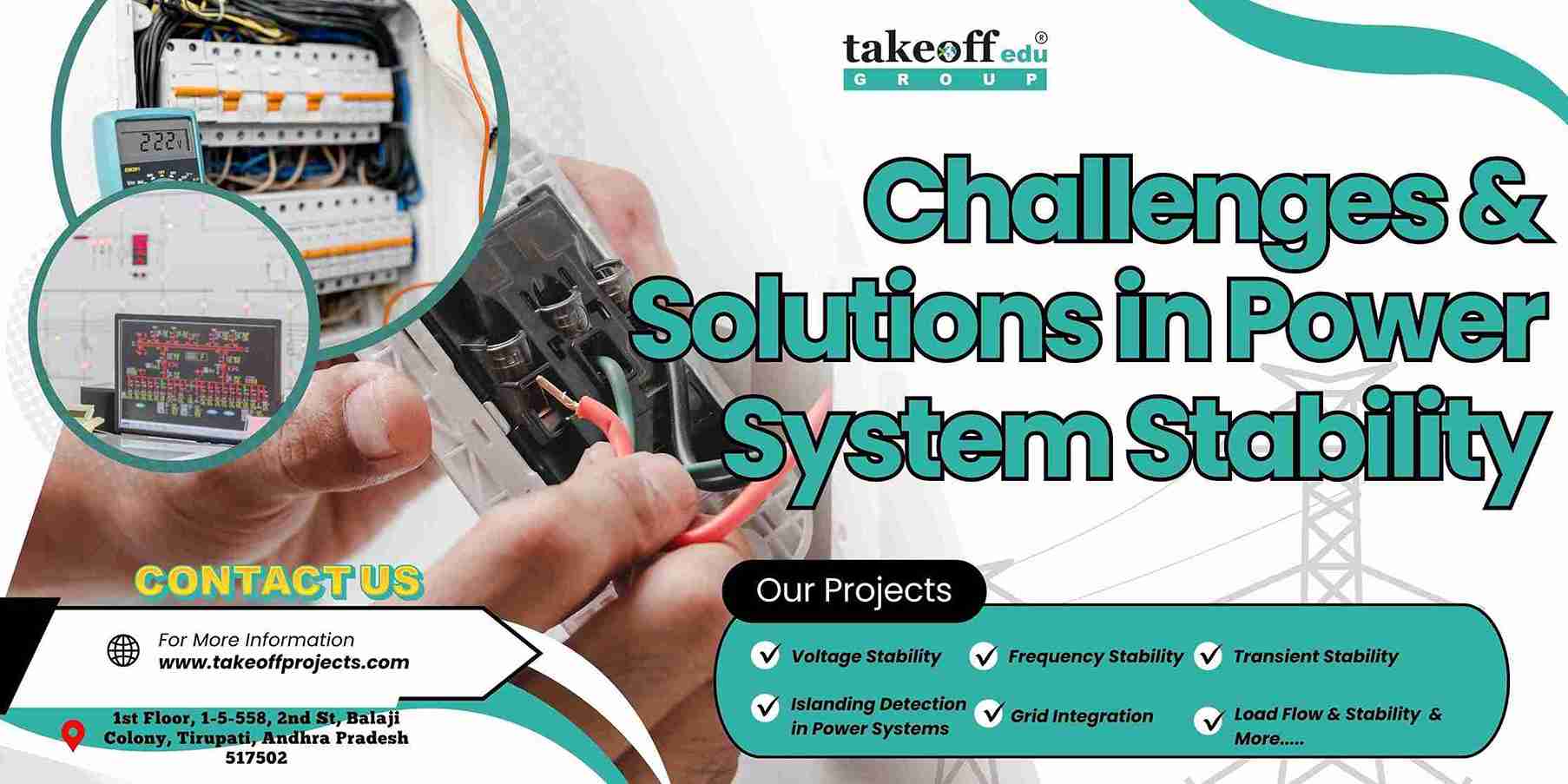 Challenges and Solutions in Power System Stability
Challenges and Solutions in Power System Stability 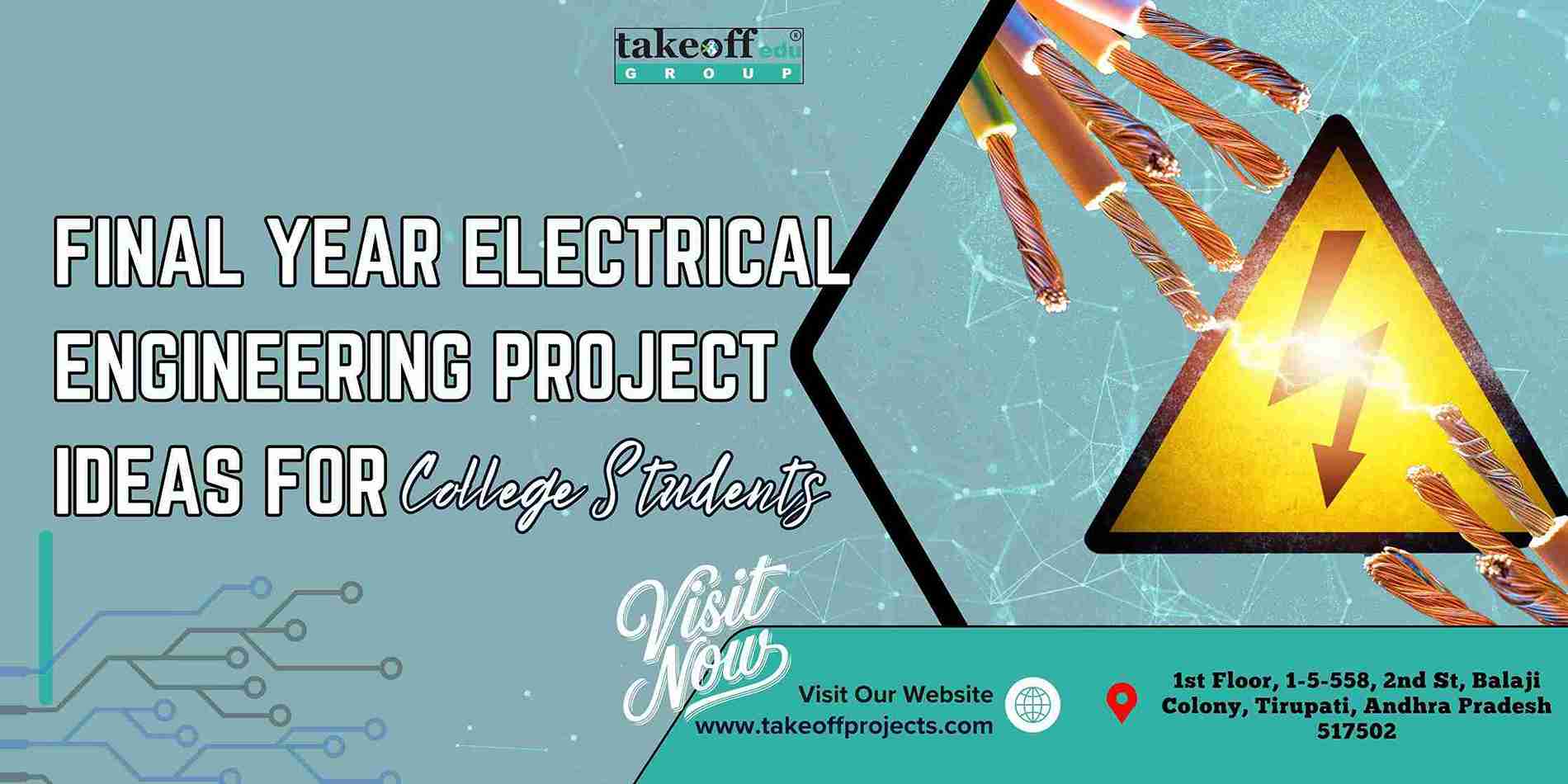 Final Year Electrical Engineering Project Ideas for College Students
Final Year Electrical Engineering Project Ideas for College Students  The Role of Renewable Energy in Modern Power Systems
The Role of Renewable Energy in Modern Power Systems 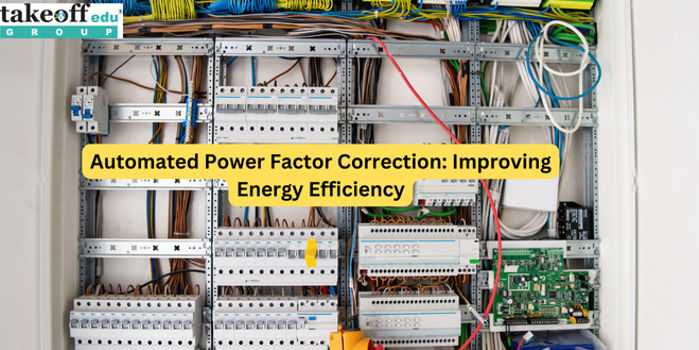 Automated Power Factor Correction: Improving Energy Efficiency
Automated Power Factor Correction: Improving Energy Efficiency 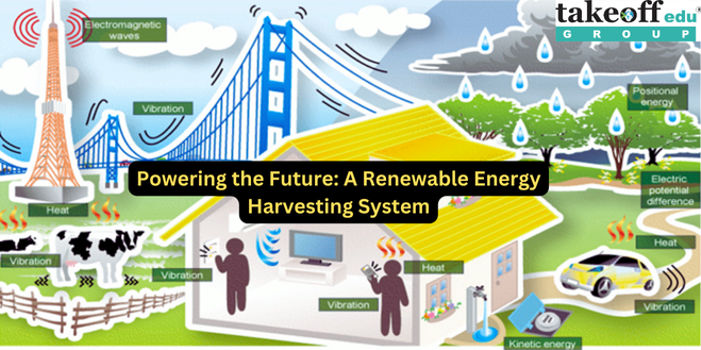 Powering the Future: A Renewable Energy Harvesting System
Powering the Future: A Renewable Energy Harvesting System 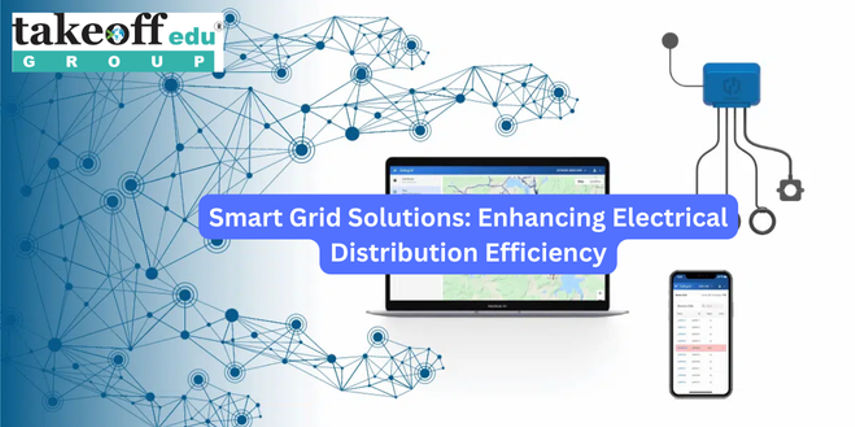 Smart Grid Solutions: Enhancing Electrical Distribution Efficiency
Smart Grid Solutions: Enhancing Electrical Distribution Efficiency 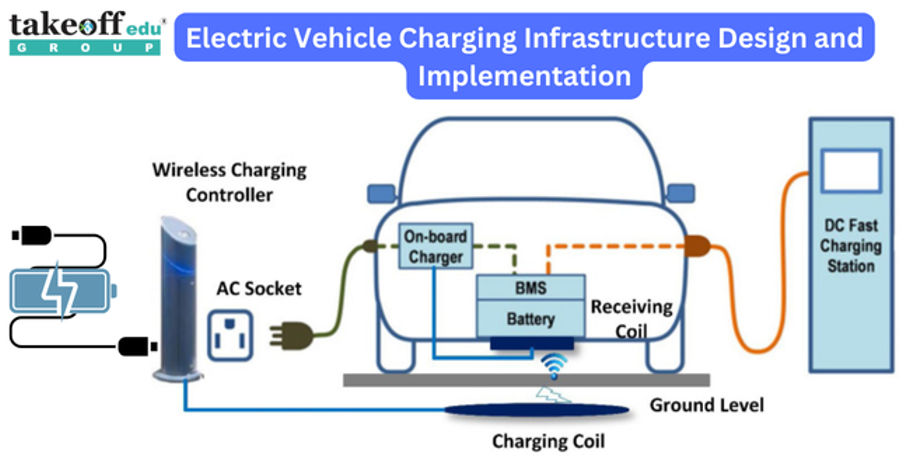 Electric Vehicle Charging Infrastructure Design and Implementation
Electric Vehicle Charging Infrastructure Design and Implementation 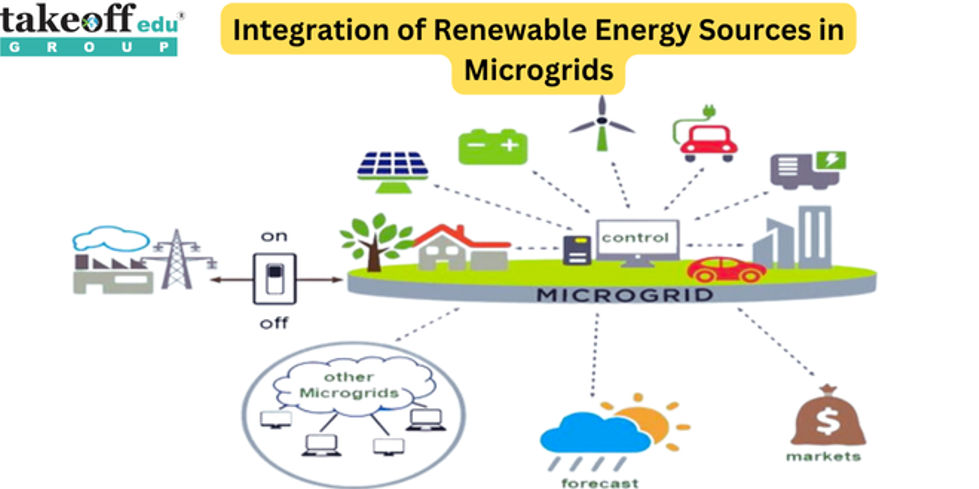 Integration of Renewable Energy Sources in Microgrids
Integration of Renewable Energy Sources in Microgrids 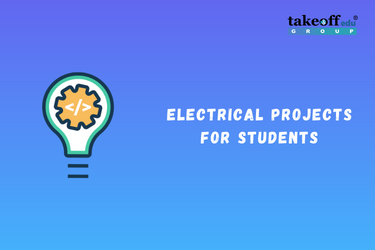 Electrical Projects Engineering Students
Electrical Projects Engineering Students  M.Tech Thermal Engineering Projects
M.Tech Thermal Engineering Projects 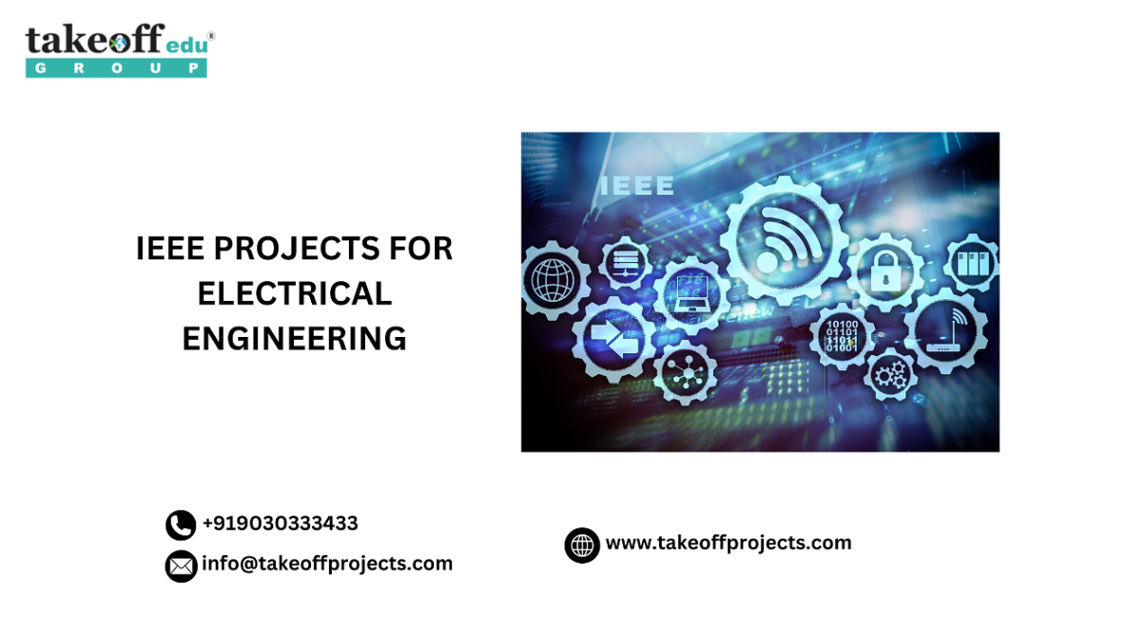 IEEE Projects for Electrical Engineering
IEEE Projects for Electrical Engineering  Mini Projects for EEE
Mini Projects for EEE  Mini Projects for Electrical Students
Mini Projects for Electrical Students 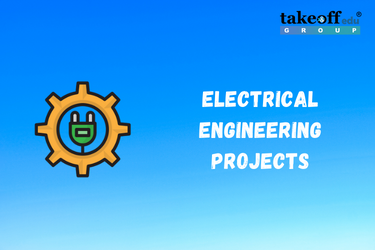 Top Electrical Projects for Final Year Students
Top Electrical Projects for Final Year Students 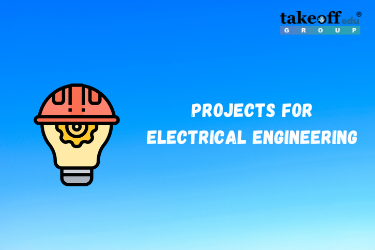 10 Interesting Projects for Electrical Engineering Students 2022
10 Interesting Projects for Electrical Engineering Students 2022  7 Trending Power Systems Based Projects for EEE
7 Trending Power Systems Based Projects for EEE  Top 10 Power Electronics Projects for EEE
Top 10 Power Electronics Projects for EEE  Top 16 Electrical Engineering Projects
Top 16 Electrical Engineering Projects 
 Paper Publishing
Paper Publishing


